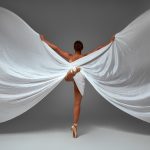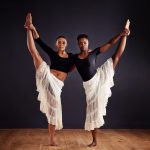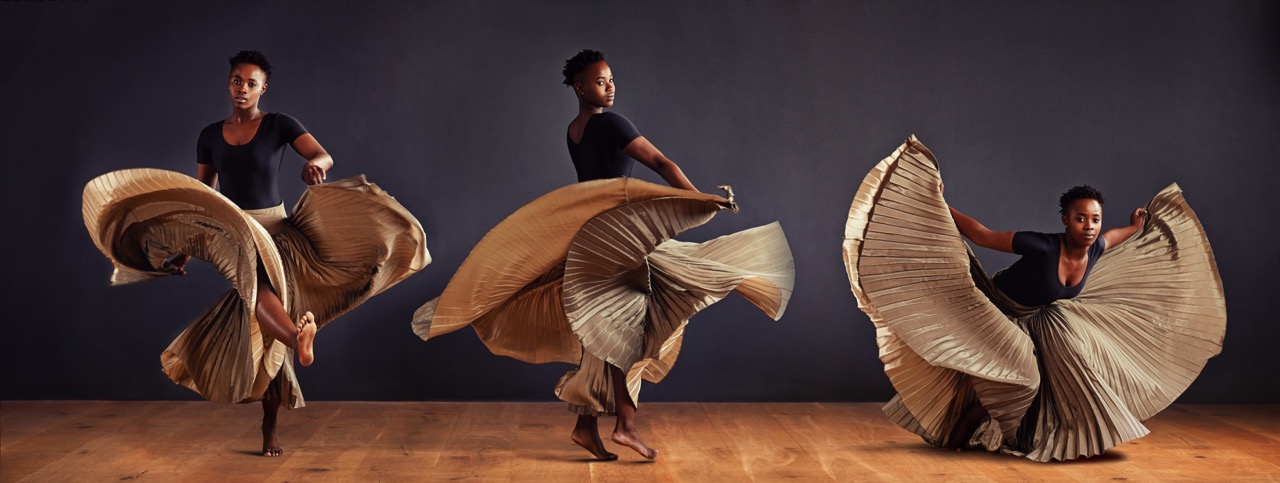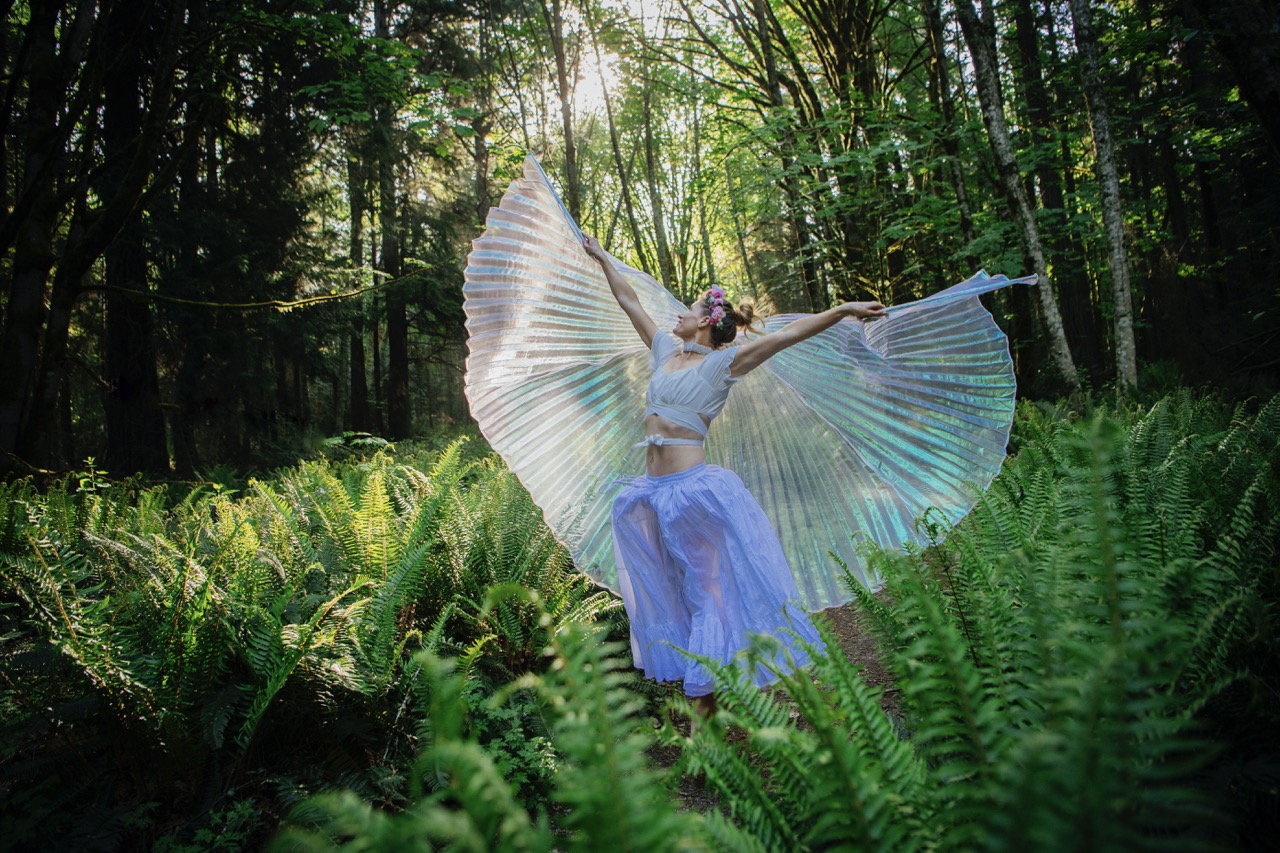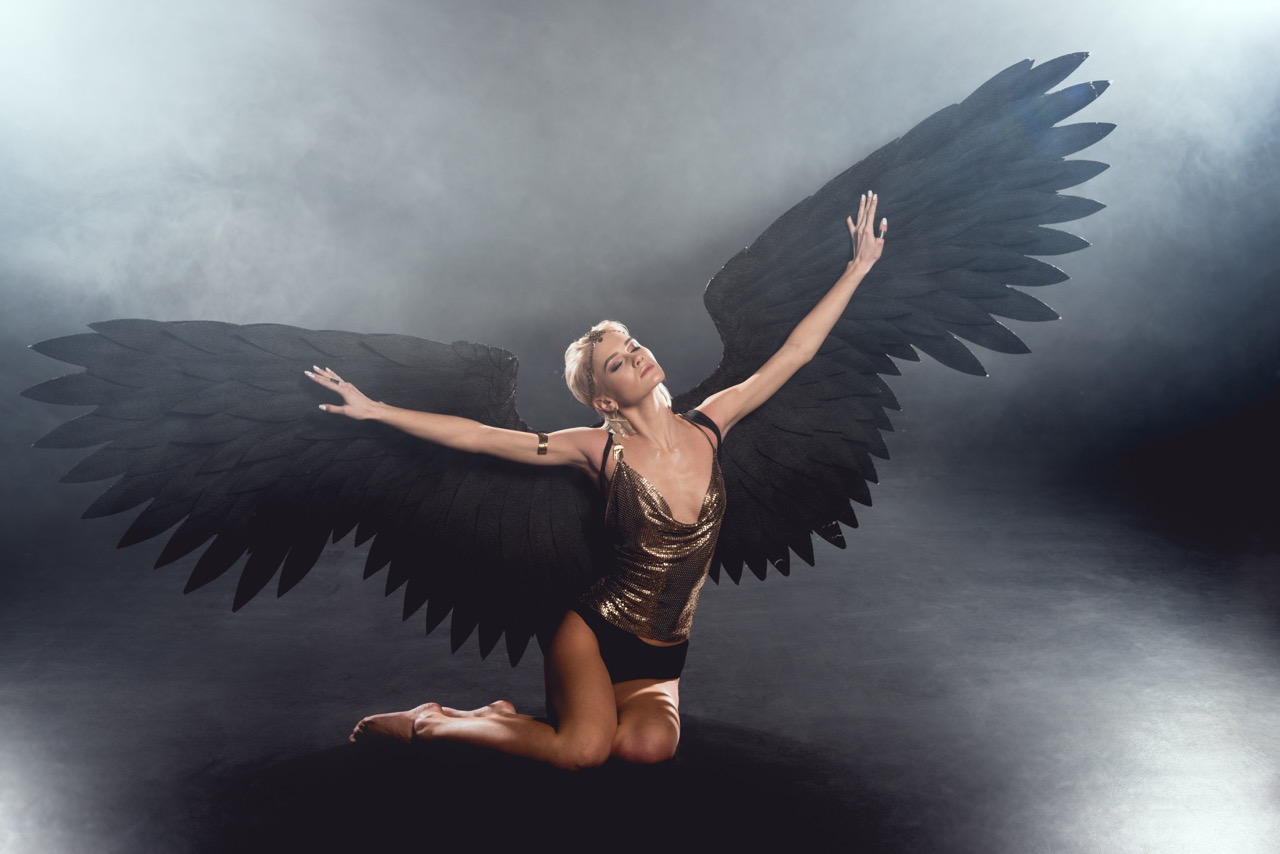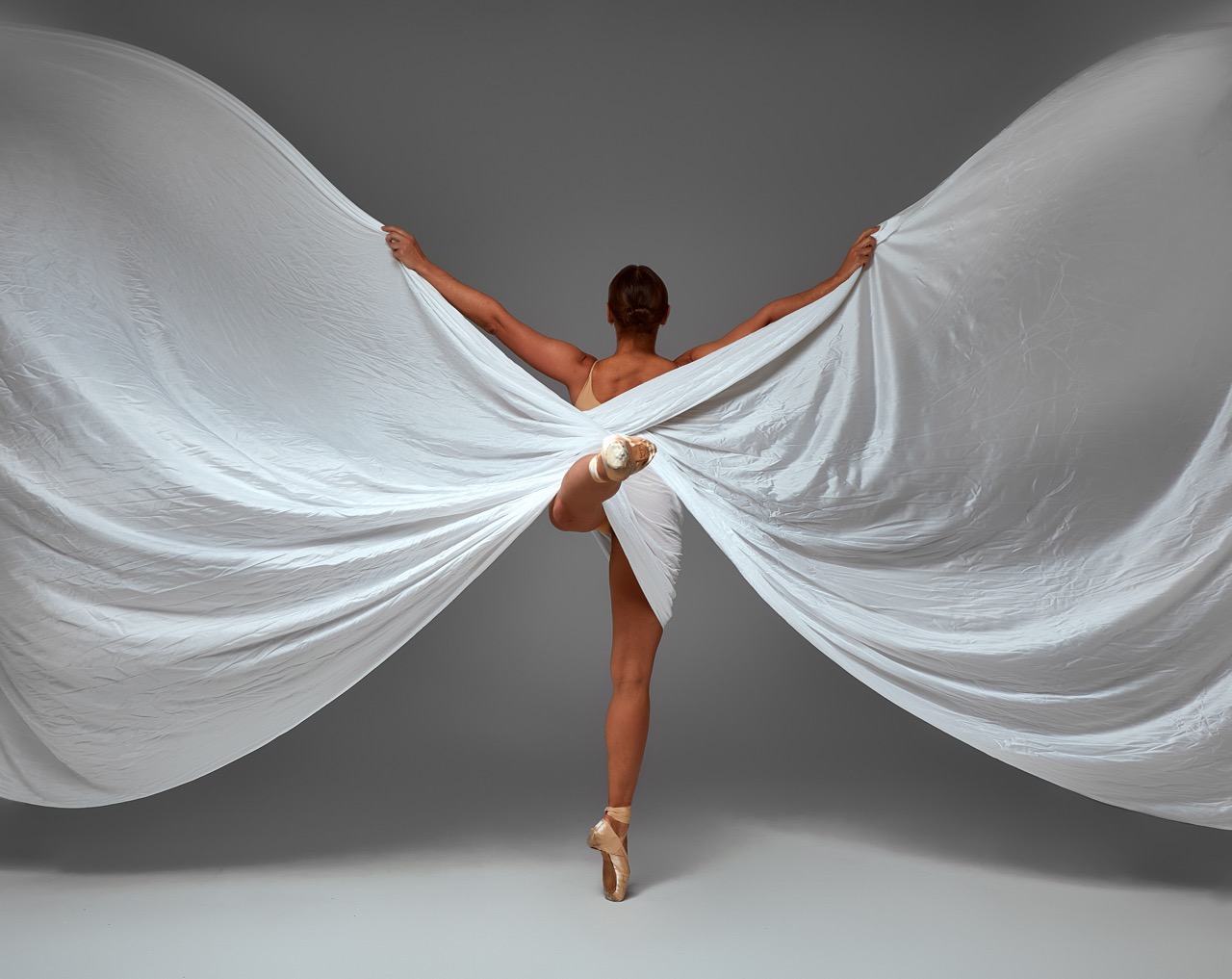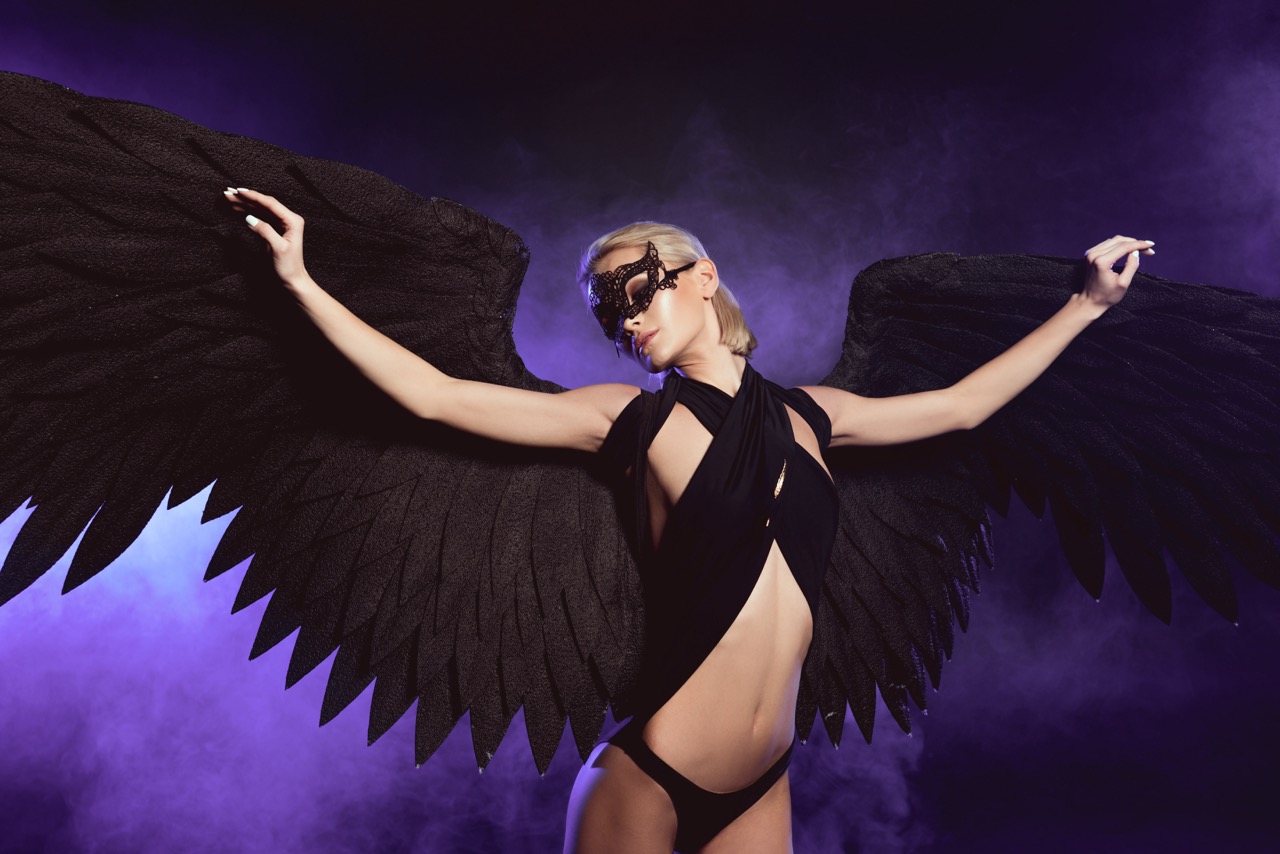In the world of dance, the visual impact of a performance is as crucial as the technical prowess of the dancer. Among the most captivating elements that enhance the aesthetic appeal of dance are wings. Dance wings, whether used in contemporary, theatrical, or traditional performances, can transform a dancer’s expression and movement into a spectacular display of art. The materials chosen to create these wings can significantly affect their beauty, functionality, and the emotional impact they evoke. This article delves into the top materials used in crafting the most stunning dance wings, exploring their unique characteristics and contributions to the art of dance.
Unveiling the Magic: Materials that Transform Dance Wings
The materials used in creating dance wings play a vital role not only in their appearance but also in their performance capabilities. Dance wings require a delicate balance of weight, flexibility, and durability, which means that the selection of fabric can greatly influence a dancer’s ability to move gracefully while still achieving the desired visual effect. Designers and dancers alike often experiment with a wide array of materials, each offering various textures, colors, and finishes that enhance the overall performance. Moreover, the innovative combinations of traditional materials with modern textiles have given rise to a new era of artistic exploration in wing design.
Lightweight fabrics have become the go-to choice for many choreographers, providing the necessary fluidity and movement that dancers need. The interplay of light and fabric is essential, as it creates visual effects that can dazzle audiences. Additionally, the use of unique construction techniques, such as layering or pleating, can amplify the aesthetic quality of the wings, making them appear more voluminous and dynamic. By understanding the inherent properties of different materials, designers can unlock new possibilities for creativity that elevate a performance from ordinary to extraordinary.
An exciting trend in dance wing creation is the incorporation of technology into fabric design. This includes materials that can change colors or patterns with the use of LED lights or other electronic enhancements. Such innovations have opened up new dimensions for choreographers to express narratives or themes visually, pushing the boundaries of traditional dance aesthetics. As the world of dance continually evolves, so will the materials that define it, allowing for even more breathtaking performances that captivate audiences around the globe.
The Elegance of Silk: A Classic Choice for Dancers
Silk has long been revered as a premier choice for dance wings, and for good reason. Its natural sheen and drape lend an elegant touch that enhances the beauty of any performance. The way silk catches the light creates a stunning visual effect, making it an excellent option for dancers who wish to evoke a sense of grace and sophistication in their movements. Moreover, silk is incredibly lightweight, allowing for unrestricted movement, which is essential for the dynamic expression of dance.
The tactile quality of silk adds another layer of allure. Dancers often describe the sensation of wearing silk wings as one of ethereal connection to their art, as the fabric glides effortlessly with their motions. This intrinsic relationship between the dancer and their wings allows for greater emotional expression on stage, creating a more profound connection with the audience. The luxurious nature of silk also allows for rich dyeing techniques, resulting in vivid colors that can elevate the overall aesthetic of a performance.
However, while silk presents numerous advantages, it is not without its challenges. The delicate nature of the fabric requires careful handling and maintenance, making it less ideal for high-impact performances. Dancers must consider the practical implications of using silk, especially in outdoor settings or where durability is a concern. Despite these considerations, silk remains a classic choice that embodies elegance and beauty, lending an air of timeless sophistication to any dance performance.
Shimmering Innovations: Exploring Synthetic Fabric Options
In recent years, synthetic fabrics have gained immense popularity in the world of dance wings due to their versatility and durability. Materials such as polyester and nylon offer a wide range of benefits, including resistance to wrinkles, fading, and tearing. These synthetic options allow designers to create intricate wing designs that can withstand the rigors of performance without sacrificing the visual appeal that draws audiences in. The ability to produce synthetic fabrics in vibrant hues and patterns further enhances their attractiveness to choreographers seeking to make bold statements.
One of the most significant advantages of synthetic fabrics is their ability to mimic the qualities of natural fibers while providing greater durability. Dancers can enjoy the fluid movement and aesthetic beauty they desire without the drawbacks often associated with more delicate materials. Additionally, many synthetic fabrics are designed to be lightweight, which helps to maintain agility and ease of movement throughout a performance. This characteristic is particularly valuable for dancers who engage in high-energy routines that demand both flexibility and strength.
Furthermore, advancements in fabric technology have led to the creation of materials that exhibit unique effects, such as iridescence or shimmer. These eye-catching qualities can dramatically enhance a dancer’s visual impact on stage, making their performance truly memorable. The blend of innovation and performance utility found in synthetic fabrics has opened up a new realm of possibilities for dance wings, allowing for the creation of stunning designs that captivate audiences and elevate the art of dance.
Nature’s Touch: Incorporating Feathers and Natural Textiles
The incorporation of feathers and natural textiles into dance wings adds an organic dimension to performances, evoking a sense of whimsy and enchantment. Feathers, in particular, can transform a dancer into a mythical creature, allowing for a captivating visual narrative that draws spectators into the performance. With their lightweight nature and ability to flutter gracefully with movement, feathers can enhance the fluidity of dance, creating an ethereal quality that mesmerizes audiences.
Natural textiles, such as cotton or linen, can also be utilized to add texture and depth to dance wings. These materials often have a unique rustic charm that complements the delicate beauty of feathers. Moreover, the breathability and comfort of natural fibers ensure that dancers can perform with ease, without being hindered by heavy or restrictive garments. The combination of natural textiles with feathers allows for innovation in design, as choreographers can create vibrant and engaging pieces that resonate with both nature and artistry.
While the aesthetic appeal of feathers and natural textiles cannot be denied, they also bring challenges when it comes to maintenance and durability. Feathers may require careful handling to prevent damage, and natural materials can be susceptible to wear and tear. However, the transformative impact they can have on a performance often outweighs these concerns. As dance continues to evolve, the use of feathers and natural textiles will remain a powerful choice for dancers looking to create enchanting and memorable experiences on stage.
The materials used to create dance wings are crucial in shaping not only the visual experience but also the emotional resonance of a performance. From the timeless elegance of silk to the innovative possibilities of synthetic fabrics and the enchanting allure of natural elements, each material brings its own unique qualities to the art of dance. As designers and dancers continue to explore and experiment with various textiles, the potential for creating stunning performances becomes limitless. Ultimately, the choice of material is a reflection of the dancer’s vision and the story they wish to tell, ensuring that every performance is a captivating experience that lingers in the hearts and minds of audiences.


